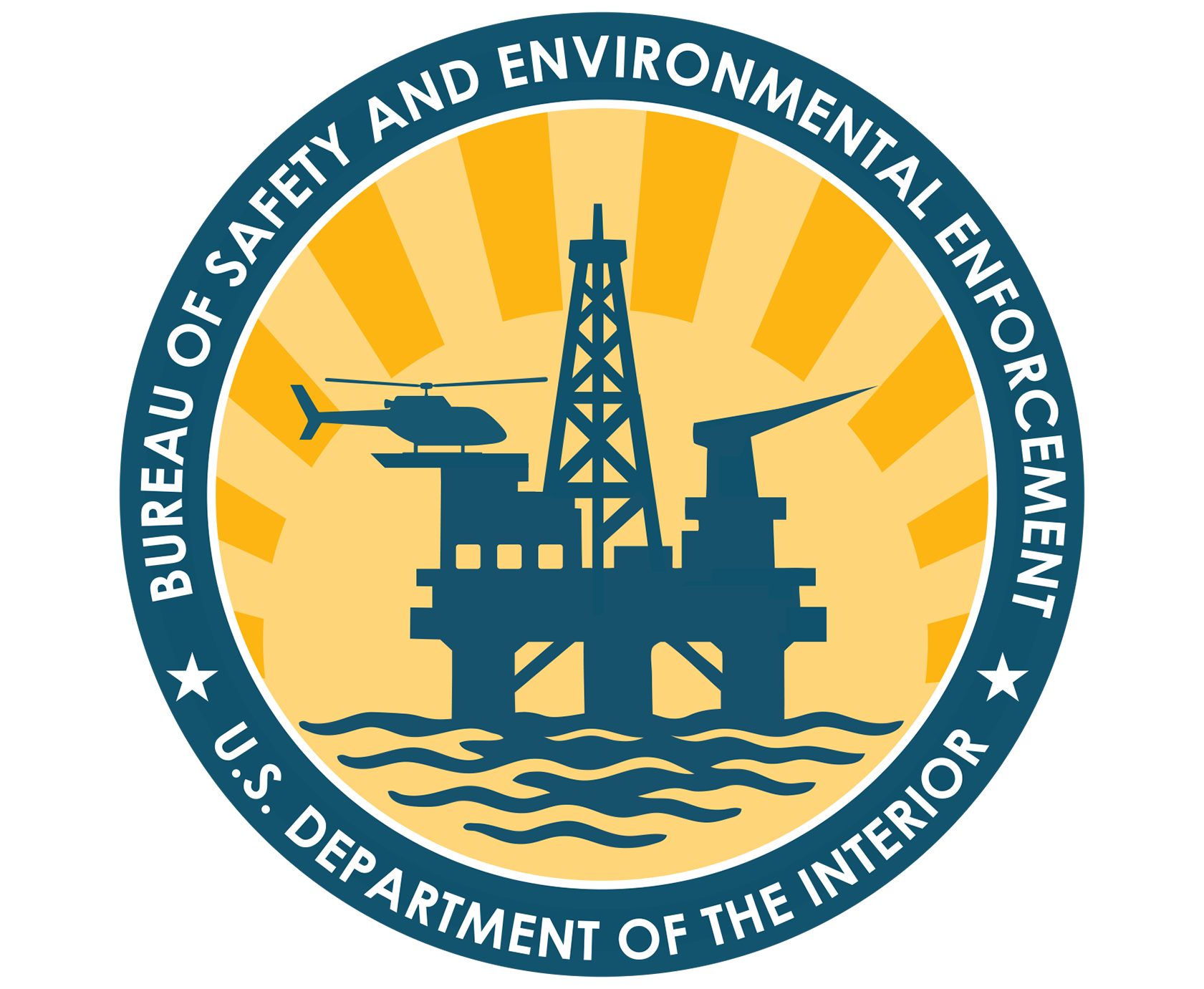Office/Division Program
OSRR
Project Number
1116
Research Initiation Date (Award Date)
Research Completion Date (POP End)
Research Performing Organization
Prince William Sound Oil Spill Research Institute
Research Principal Investigator
W. Scott Pegau
Research Contracting Agency
Research Contract Award Value
$508,569.00
Description
BSEE will participate in a Joint Industry Project with the Prince William Sound Oil Spill Recovery Institute (OSRI) and ExxonMobil to design, develop, and test a spill response system for a single manned helicopter and/or several robotic helicopters.
This spill response system can jointly apply chemical herders to a spill and ignite the oil once it has been corralled. This project will:
- Create a new rapid response tool that can address moderate-sized offshore spills that do not rely on vessel spill containment resources
- Create a new aerial response tool that can address smaller localized spills close to a support vessel or platform without the risk of launching small boats into open seas or in ice
- Expand the suite of available response options that addresses spills in open water and ice-covered waters
Latest progress update
n/a
Final Research Abstract
Herder-Igniter Jet Ski Development
Spills may occur long distances from spill response equipment and personnel creating a need for a rapid response capability. It may also be risky to send personnel into the spill zone because of weather, sea conditions, or toxic fumes. The combination of these factors makes it desirable to develop new technologies that can be rapidly deployed, reach a distant spill, and reduce the risk to personnel. Small remotely operated or autonomous vehicles provide an opportunity to address the need for rapid response equipment while minimizing risk to personnel. In this Joint Industry Project (JIP), a Remotely Operated Surface Vessel (ROSV) for oil spill response has been developed. The ROSV has the capability to apply herders and ignite oil slicks in situ to provide response capabilities, and remote sensing capabilities that can reduce the need to send personnel into risky environments.
Two prototype vehicles have been developed with different “plug-and-play packages” for rapid response during an oil spill. The first package focuses on the in situ burn capabilities and the other package with enhanced remote sensing. In addition to the in situ burn capabilities, the first vehicle carries a tethered drone with visible and infrared cameras along with vehicle mounted cameras, sonar, and radar that provide additional remote sensing capabilities. The second vehicle replaces the in situ burn package with additional vehicle fuel to expand the range and the ability to mount and place sensors above and below the waterline. It has an integrated volatile organic carbon (VOC) and other atmospheric gas sensors for site characterization. Multispectral cameras, combined with the infrared camera, provide additional abilities to estimate oil thickness. Both prototypes are built around a heavily modified jet ski using a modular design that allows for rapid part replacement to simplify field repairs.
The herder-igniter package and jet ski were tested at the Poker Flat Research Range near Fairbanks, Alaska. The vehicle successfully deployed herders and ignited five burns over four days of testing. The vehicle also demonstrated its ability to operate in shallow water as the test facility had a water depth of less than three feet. Further testing occurred off Galveston, Texas, where the long-distance control systems were tested along with the operational characteristics in open waters. Once on station an operator can commence in situ burn operations or conduct remote sensing for site characterization and spill monitoring. Additional ROSV “plug-and-play packages” are under development
Spills may occur long distances from spill response equipment and personnel creating a need for a rapid response capability. It may also be risky to send personnel into the spill zone because of weather, sea conditions, or toxic fumes. The combination of these factors makes it desirable to develop new technologies that can be rapidly deployed, reach a distant spill, and reduce the risk to personnel. Small remotely operated or autonomous vehicles provide an opportunity to address the need for rapid response equipment while minimizing risk to personnel. In this Joint Industry Project (JIP), a Remotely Operated Surface Vessel (ROSV) for oil spill response has been developed. The ROSV has the capability to apply herders and ignite oil slicks in situ to provide response capabilities, and remote sensing capabilities that can reduce the need to send personnel into risky environments.
Two prototype vehicles have been developed with different “plug-and-play packages” for rapid response during an oil spill. The first package focuses on the in situ burn capabilities and the other package with enhanced remote sensing. In addition to the in situ burn capabilities, the first vehicle carries a tethered drone with visible and infrared cameras along with vehicle mounted cameras, sonar, and radar that provide additional remote sensing capabilities. The second vehicle replaces the in situ burn package with additional vehicle fuel to expand the range and the ability to mount and place sensors above and below the waterline. It has an integrated volatile organic carbon (VOC) and other atmospheric gas sensors for site characterization. Multispectral cameras, combined with the infrared camera, provide additional abilities to estimate oil thickness. Both prototypes are built around a heavily modified jet ski using a modular design that allows for rapid part replacement to simplify field repairs.
The herder-igniter package and jet ski were tested at the Poker Flat Research Range near Fairbanks, Alaska. The vehicle successfully deployed herders and ignited five burns over four days of testing. The vehicle also demonstrated its ability to operate in shallow water as the test facility had a water depth of less than three feet. Further testing occurred off Galveston, Texas, where the long-distance control systems were tested along with the operational characteristics in open waters. Once on station an operator can commence in situ burn operations or conduct remote sensing for site characterization and spill monitoring. Additional ROSV “plug-and-play packages” are under development
